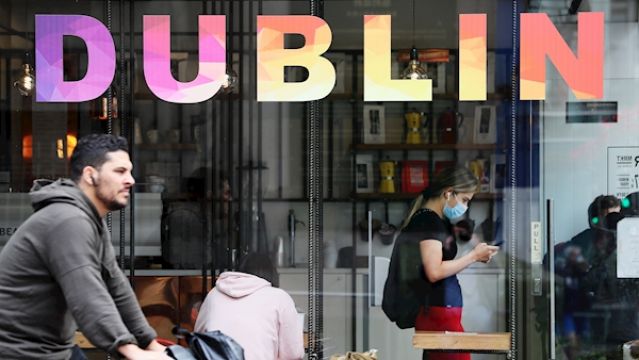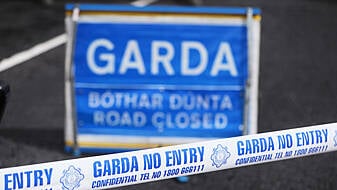Each level of the plan will be triggered in response to "indicators" of the virus in a particular region, with Level One representing the lowest level of restrictions and Level Five a situation of complete lockdown.
The entire country has been placed at Level Two until October 4th, with some additional restrictions on gatherings in place for Dublin. The capital has been given the same status as the rest of the country despite currently experiencing increased levels of the virus.
So what will trigger a move to a higher level of restrictions, in Dublin or otherwise?
- The number, location and dispersion of cases and clusters, including the extent of secondary or tertiary spread.
- The incidence rate of the virus, both by county and nationally.
- Indicators of viral transmission, including the number of cases, the positivity rate of tests and the reproduction (R) number of the virus which indicates the average number of people one infected person will pass the virus to.
- The incidence of the virus and management of outbreaks in at-risk settings and vulnerable groups.
- The capacity and performance of the testing and contact tracing system.
- The ability of the health service to manage hospital and critical care admissions.
- The number of deaths.
The National Public Health Emergency Team (NPHET) will monitor the risk level based on these criteria at local, regional and national level, along with guidance from the World Health Organisation (WHO) and the European Centre of Disease Prevention and Control (ECDC).
Then, the Covid-19 Oversight Group, including members of Government Departments and the HSE, will review NPHET advice and advise Government on next steps.
Lockdown levels
, risk will be “medium” with a “low and stable” incidence of the virus, “isolated” clusters and “low” community transmission.
The origins of clusters or outbreaks of the virus will be understood in the majority of cases, while the number of deaths, admissions to hospital and critical care, and the incidence of cases in residential healthcare settings will all be stable or decreasing, “indicating suppression of community transmission.”
will be triggered when “no stability and/or significant increasing trajectory” of the virus is seen.
The Government plan says each of these levels “provide for a graduated response to increasing trajectories” in an overall escalation of the pandemic.
At these levels there will be multiple clusters of the virus with secondary spread, a 14-day incidence rate seeing a significant or increasing level of disease, and indicators of viral transmission such as the number of cases, the positivity rate of tests and R number indicating community transmission is “no longer effectively suppressed.”
The number of deaths, admissions to hospital and critical care, and the incidence of cases in residential healthcare settings will also all be increasing, while the capacity to undertake testing and contact tracing will be “constrained in the context of current demand”.
The plan does not detail the specific numbers at which these trigger points are said to be reached.
, risk is the “greatest” with a “high or rapidly increasing” incidence of the virus, “widespread” community transmission, with the pandemic “escalating rapidly”.
Multiple clusters of the disease with secondary and tertiary spread will be seen while indicators of viral transmission will indicate “significant” community transmission.
The number of deaths, admissions to hospital and critical care, and the incidence of cases in residential healthcare settings will all be “rapidly increasing”.
Capacity to undertake testing and contact tracing will be “constrained” while hospital or critical care capacity being exceeded is “likely”.







